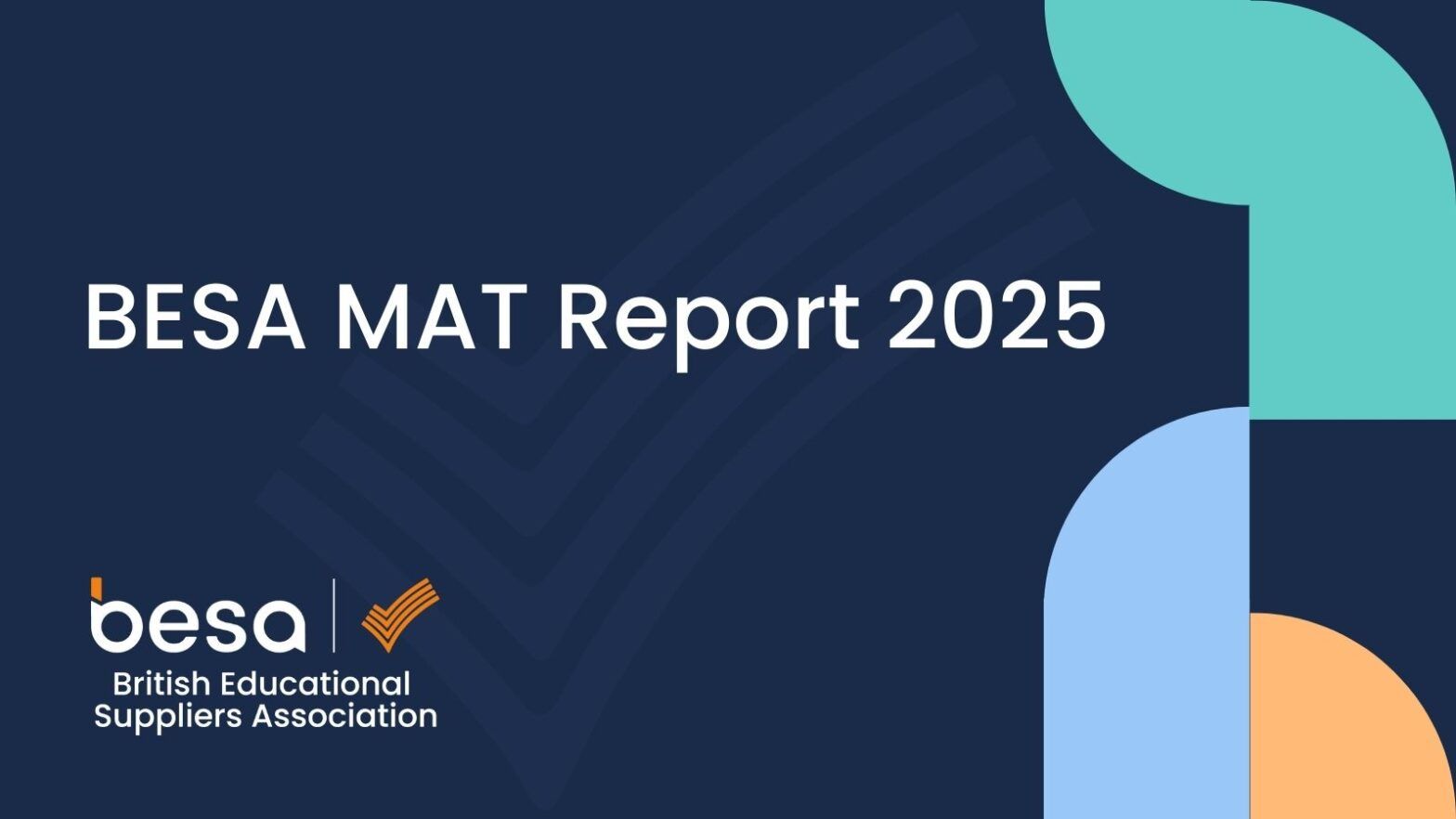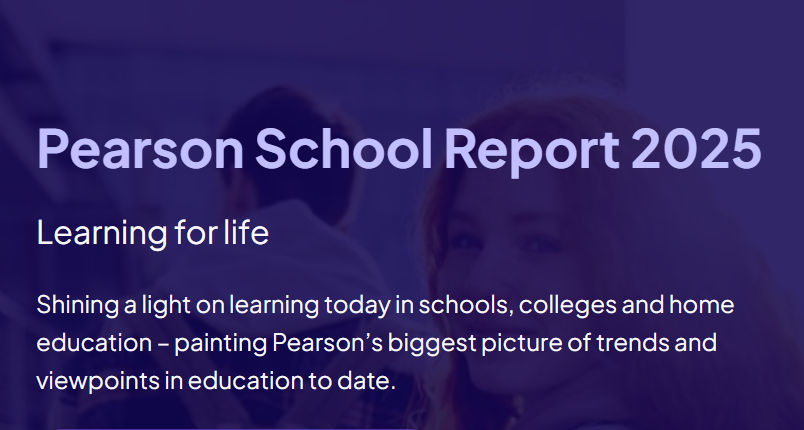Insights
Latest research
Policy updates
Parliamentary monitoring
Parliamentary Monitoring Report (Devolved Administrations) 13 June – 18 June
20 June 2025
Monitoring
Case studies
Education statistics
BESA has researched and collated the essential data relating to schools within the UK into this handy guide.
BESA routinely conducts additional research into school spending patterns and budgets for our members, and runs briefing sessions and seminars to keep suppliers up to date with latest developments. Find out more about becoming a BESA member.










